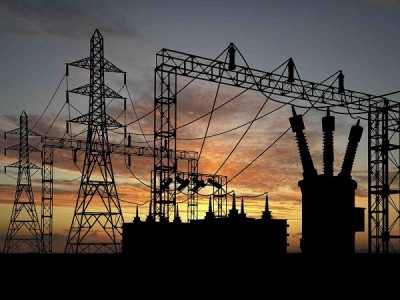 Two major attacks on the power grid last year that went largely unreported by the mainstream media are just now gaining more attention.
Two major attacks on the power grid last year that went largely unreported by the mainstream media are just now gaining more attention.
One took place in California and the other in Tennessee, and either one – if successful – could have resulted in blackouts for extended periods of time.
The timing and sophistication of the attacks has led many to believe that the Tennessee and California events were related, well-planned, and a dress rehearsal for things to come. The two possible terrorism attacks prompted enhanced discussion about America’s “soft targets” – power plants that have little if any security.
In March 2013 in Tennessee, a TVA Watts Bar Nuclear Plant security guard was involved in a 2 a.m. shootout with an armed suspect. The guard was unable to catch the gunman who had somehow gotten inside the nuclear plant.
“TVA spokesperson Jim Hopson said the subject traveled up to the plant on a boat and walked onto the property,” WBIR-TV in Knoxville, Tennessee, reported last year. “When the officer questioned the suspect, the individual fired multiple shots at the officer. The officer shot back, and when he called for backup, the suspect sped away on his boat.”
The next month, an attack on a California electric substation also took place. As Off The Grid News reported last year, someone entered the Pacific Gas & Electric (PG&E) Metcalf substation in South San Jose, California, around 1 a.m. through manholes. The unidentified intruder or intruders cut a number of fiber optic cables, which knocked out landline service, some local 911 local service and cell phone service in the area. The saboteurs or saboteur then used a high-powered rifle or rifles to fire 100 rounds into the transformers in the facility. This caused cooling oil to leak out of the transformers, which made the devices overheat.
Major media outlets such as The Wall Street Journal finally covered the California attack this month.
California Congressman Henry Waxman deemed the power station sniper incident an “unprecedented and sophisticated attack on an electric grid substation with military-style weapons.” The entire plant had to be shut down to avert far-reaching power outages – it took two weeks to replace the 17 transformers snipers shot out during the attack.
The Tennessee nuclear plant attack and the California power station shootout seemingly were far more coordinated and orchestrated than the October 2013 incident at an Arkansas energy facility. As previously reported by Off The Grid News, Jason Woodring was arrested at his Jacksonville home by an FBI Joint Terrorism Task Force after neighbors called police when an explosion occurred in Woodring’s backyard. The man confessed to engaging in three separate power line and substation attacks in the Little Rock area.
Story continues below video
Cyber hacking could prove just as detrimental to the power grid as the sniper attack in California and the havoc the Tennessee gunman likely intended to unleash.
On February 11, cyber hackers exploited the weaknesses of the Network Time Protocol system crafted to sync computer and laptops clocks. The cyber terrorists were able to send a “massive amount of data” to servers which could introduce “malicious attack” on online networks. Cloudfare CEO Matthew Prince said on Twitter, “Someone’s got a big, new cannon and the attack is the start of ugly things to come.”
SOURCE : offthegridnews.com

